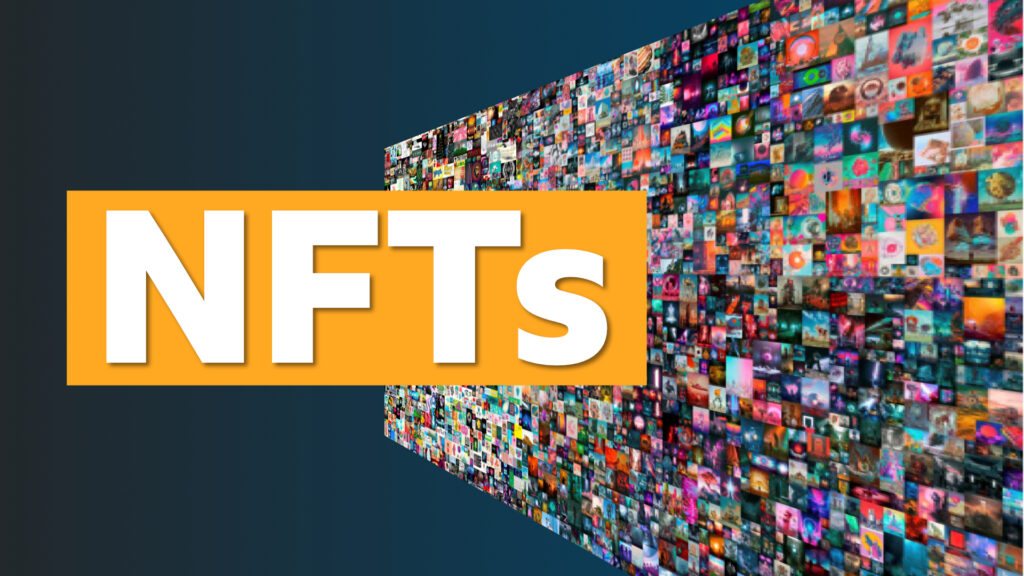The Impact of NFTs on the Art and Entertainment Industry

Non-fungible tokens (NFTs) have sent ripples through the art and entertainment world, revolutionizing how we create, buy, and experience digital content. This article explores the profound impact of NFTs, from transforming the art market and empowering creators to redefining ownership in the digital realm. Discover the seismic shifts and innovative possibilities that NFTs bring to the intersection of art and technology.
NFTs: Redefining Digital Ownership
1. Scarcity in the Digital Realm: NFTs introduce scarcity to digital assets, providing a way to prove authenticity and ownership in the virtual space. This concept challenges the traditional notion of infinite replicability in the digital world.
2. Smart Contracts and Royalties: Smart contracts embedded in NFTs enable automatic royalty payments to creators every time the digital asset is resold. This mechanism ensures ongoing support for artists and introduces a new revenue stream.
Transforming the Art Market
1. Democratization of Art:
NFTs democratize access to the art world. Artists from diverse backgrounds can showcase and sell their work directly to a global audience without traditional gatekeepers.
2. New Monetization Models:
Artists explore innovative monetization models. From tokenizing individual artworks to creating limited editions, NFTs offer artists flexibility in how they commercialize their digital creations.
NFTs in Entertainment
1. Tokenized Collectibles in Gaming: NFTs are transforming the gaming industry by introducing tokenized collectibles. Gamers can truly own and trade in-game assets, creating a virtual economy within gaming ecosystems.
2. Exclusive Digital Content: Entertainers leverage NFTs to offer exclusive digital content. From concert clips to behind-the-scenes footage, NFTs provide a direct-to-fan monetization channel.
Challenges and Opportunities
1. Environmental Concerns:
The energy consumption of blockchain networks used for NFTs raises environmental concerns. Balancing the benefits of NFTs with sustainable practices is a challenge the industry faces.
2. Educating the Masses:
Widespread adoption requires educating artists, collectors, and consumers about NFTs. Clear communication on the technology, benefits, and potential pitfalls is crucial for mainstream acceptance.
NFTs Beyond Art and Entertainment
1. Tokenizing Real-world Assets: NFTs extend beyond the digital realm to tokenize real-world assets like real estate and luxury goods, unlocking new possibilities for ownership and investment.
2. Intellectual Property Protection: NFTs can be used for intellectual property protection. Artists and creators can tokenize their work, providing indisputable proof of ownership and originality.
Future Trends and Possibilities
1. Virtual Real Estate and Metaverse: NFTs are entering the realm of virtual real estate, influencing the development of metaverses. Virtual spaces and assets within these metaverses are becoming tradable NFTs.
2. Enhanced Interactivity: The future holds the potential for NFTs to enable enhanced interactivity. Digital assets could evolve, responding to user interactions or even changing over time, creating dynamic digital experiences.
Conclusion: A Paradigm Shift in Digital Creativity
NFTs represent a paradigm shift in how we perceive, value, and interact with digital creations. As the art and entertainment industry continues to embrace this transformative technology, the possibilities for creators, collectors, and enthusiasts are boundless. NFTs have not only disrupted traditional models but have also ushered in a new era where the intersection of art and technology opens doors to unprecedented creative expression and ownership.






